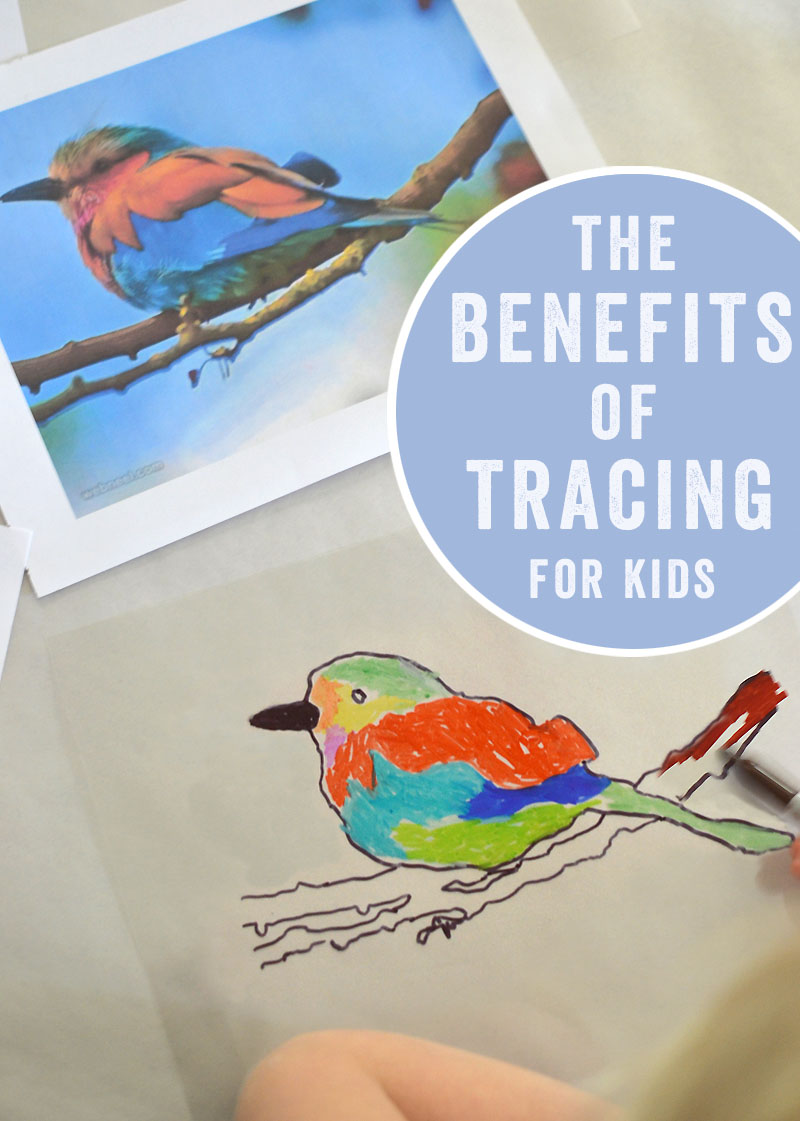
Transparency film is an amazing art material that I never knew about until recently, and now a whole world has opened up for us. The world of tracing!
It’s such a simple material that you can order from Amazon, and it will keep your kids occupied for hours. Even teens!
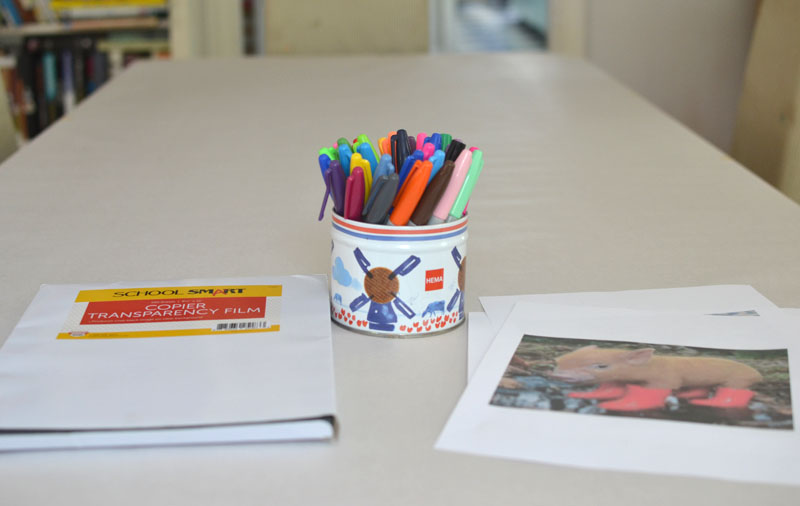
This post contains affiliate links. Thank you for your support!
Supplies needed:
~ Sharpies
~ Printed pictures of cute animals, or whatever your kids love
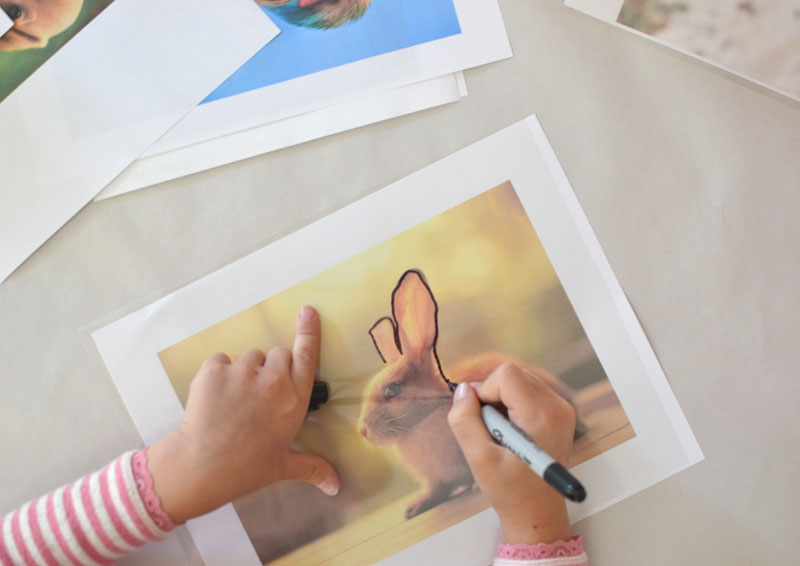
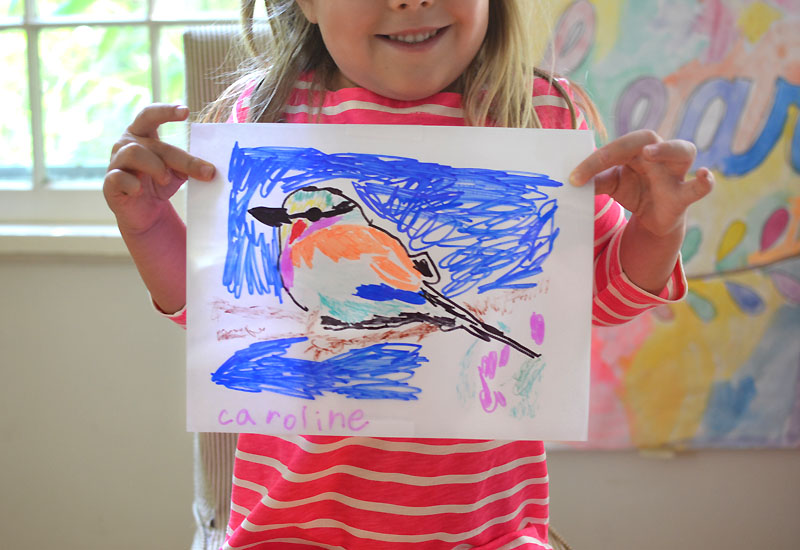
Set-up:
The set-up was easy. All I did was spread the photos out across the table, show them the transparency film and how you could put it on top of the picture and then trace with the sharpies, and they were off! To be honest, I had them at “Sharpies”.
They traced and colored, over and over again, running to show me each time. They not only loved this, they didn’t want to stop! I mean, how great is that? We decided to tape a piece of white paper to the back when it was time to bring them home, because once they lifted them up from the table, it was harder to see their drawing on the clear transparency.
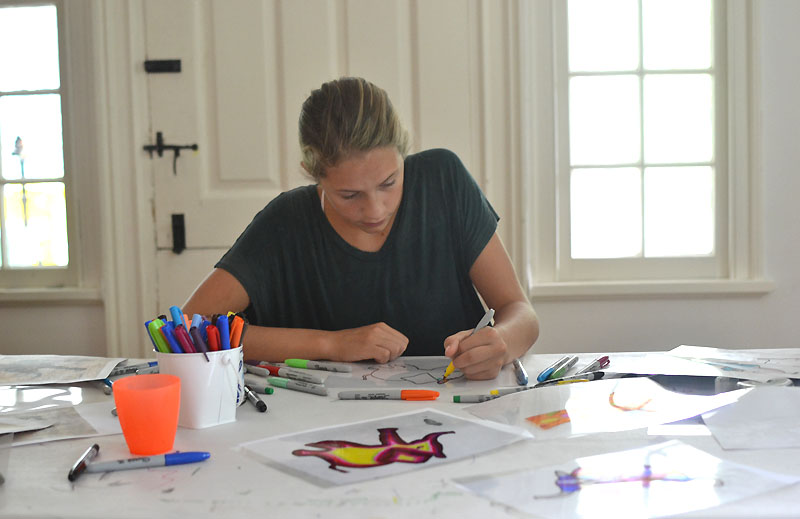
As successful as the tracing prompt was, the coolest and most awesome thing happened after all the five and six year olds left. My 14-year old daughter came home from school and saw the spread on the table and gasped (I guess it runs in the family)! First of all, the photos of the animals that I printed out really were very cute. Secondly, she was genuinely SO excited that she could trace these animals and that they would look good. And by good, I mean accurate.
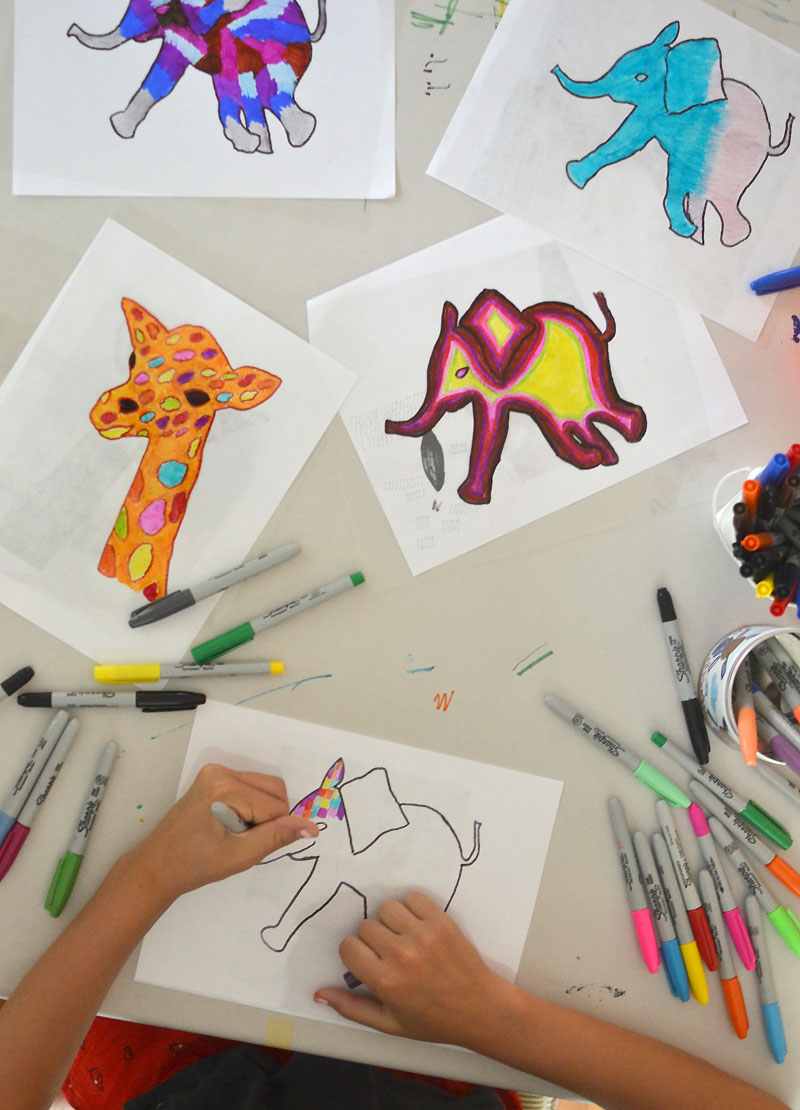
She spent the rest of the afternoon tracing and coloring. And all of Saturday and Sunday. I can’t remember the last time any of my kids spent three days doing the same project, with any prodding from me. She particularly has a thing for elephants, so she kept creating new versions with new patterns. It was awesome.
All of this enthusiasm for tracing got me thinking, what are the pros and cons of tracing for kids? Here’s what I extracted from the internet and from my own observations…
Benefits of Tracing:
~ It’s fun (and why not encourage art that is fun?)
~ It develops fine motor skills (a pre-cursor to writing)
~ It develops visual-spacial skills (what’s that you say? read this, it’s pretty interesting)
~ It boosts confidence
~ It gives children time to concentrate, to be completely immersed and in the flow
~ It boosts communication skills (talking about the animals)
~ It uses both sides of the brain
~ It brings joy (most importantly!)
~ It can spark all sorts of creative ideas, like inventing new animals, or storytelling
Cons of Tracing:
~ Kids might find themselves in a rut and not want to draw from their imaginations because tracing is more visually accurate and “perfect”
~ It’s not real art (ok I didn’t really go there, did I? this statement needs it’s own post. what is real art?)
~ You run out of wall space to hang up all of the tracings (because the kids will trace all. day. long.)
My conclusion:
~ More benefits than cons means it is a WINNER!
{ Please leave a comment if you have anything to add about kids + tracing. }
xo, Bar
Note: Idea from Merry Cherry’s e-book called Art Secrets Every Teacher Should Know, A Reggio Inspired Approach.
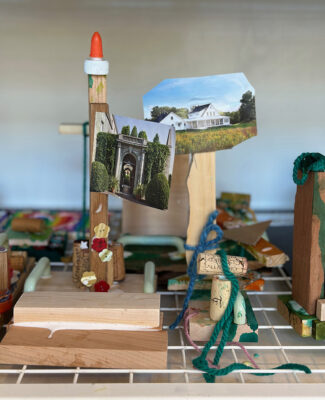
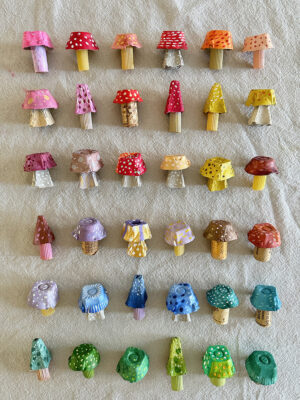


Thank you for this lovely post Bar, and all your kind words! I really appreciate all of them. We love tracing and I’m so glad this worked so well for you guys. I would only challenge the not creative and real art part : ) I think the creativity comes in making color choices, line choices, what to trace, where to go out on your own, what you can add to each piece. Maybe you copy the bird, but do the background in outer space. Know what I mean? And I’d love to read your post about what is art. I have a friend who makes these incredible “tracings” using a projector and then using paints on top of paints to make it his own. Really special. I’m busting out the projector this week and can’t wait! Thanks for this discussion. Loved reading the post! Meri
Hi! I agree totally, by the way, just had to play devil’s advocate. But I will admit that it wasn’t until I read your book that I even thought of it, and the reason I never thought of it was because when I was in high school, a friend of mine who was in art class with me came up with the coolest idea to project faces up onto a wall, then trace the shapes and color them in all with one color but different shades. She had this whole exhibit and our art teacher was very supportive, but then some jerk said it wasn’t real art because it was tracing, and she cried and then there was this whole debate about what is real art. So in my mind I have always been weary of tracing. But because of you, I am a convert!!! I agree that there are so many more art experiences to have after tracing a shape, and that there are many ways to make it creative and all your own. Like Ava’s elephants. I watched her do one after another for days and days, and her patterns completely evolved and become more and more elaborate. She even took the concepts to her notebooks, I’ve been seeing her sidebar doodles and they are elephants and patterns. So freaking cool how the tracing has inspired her. And the tracings that you write about and show in your book have a very different feel from what we did and I love your idea so much (I won’t give it away) and will definitely incorporate it into my classes. Anyway, thanks for sharing your thoughts, I feel like your book has opened a whole new world for us. Well done my friend!!!! xoxo bar
El motivo era yo.Es de esas cosas que ocurren en los sueños que no coermendps, pero sabes. En este, aunque llegue a media fiesta, sabia que la reunion era para celebrar algo relacionado a mi (nunca supe que).Tal vez esa es la razón de la confusión, que no advertà que se trata de un sueño.
Oh my gosh I love this post. I know there is a debate in the art world about this, but tracing is such a great motivator. It lets children know they can draw, and it all starts with a line. It gets them into the motion and it’s a great first step! Thanks for sharing and for sending me Meri Cherry’s way! You two are so, so wonderful! I’m such a huge fan, and you are such a wonderful inspiration!
Thank you for this great post! As an art teacher for grades one through eight, I always have students that have difficulty drawing and they get frustrated. I agree that tracing can offer a lot of confidence and also present many creative and design choices. It frees them up for these critical thinking skills that some would never reach. The whole tracing thing is not new. The artist Vermeer used a camera obsura to get visually accurate drawings. Andy Warhol used photos to create his silk screen images. Is there a book? If so, I’d like learn more. I do think it’s important to educate them on traditional drawing from observation. However, this exercise can help them see and observe shapes, colors and line..
What about using your transparency tracings on a light table???
great idea!!! light tables are an awesome way to trace.
It’s interesting how you said that you use transparency film in order to open the world of tracing for you. My daughter is going to have a birthday party son and we have been trying to think of ideas for what to do. If we could get our hands on some of this film we might be able to do something like an art party with all her friends! That or maybe we’ll just hire someone to do it.
I love using tracing paper, over any kind of picture, on the light table. At the moment we are working on self-portraits and tracing faces from magazines. Great way to introduce an idea. Thanks for all your inspirations.
My kid might benefit from simple art lessons such as tracing if it can make him feel successful because he did a good job at tracing. Since you mentioned that it uses both sides of the brain, he might develop his brain faster this way. I like that it can develop his fine motor skills which he will need when he writes in cursive so I might sign him up for some classes to get him started.